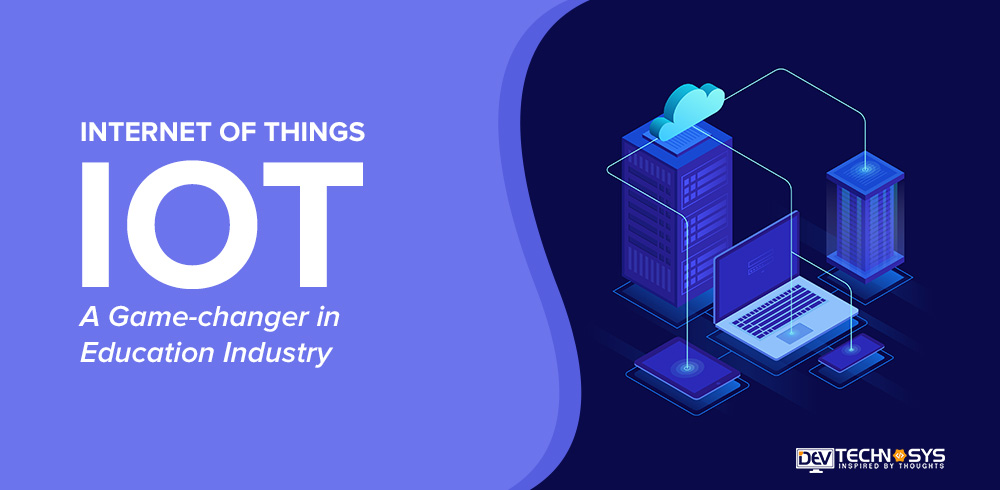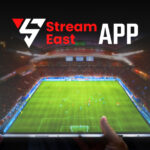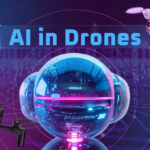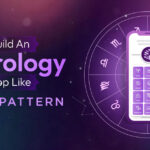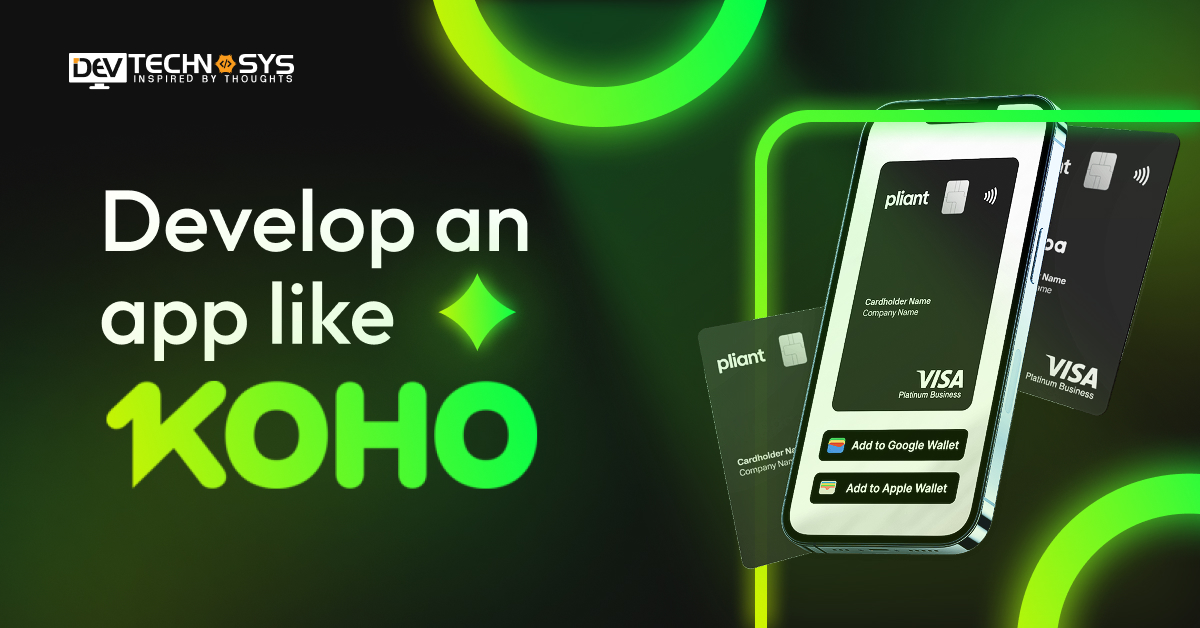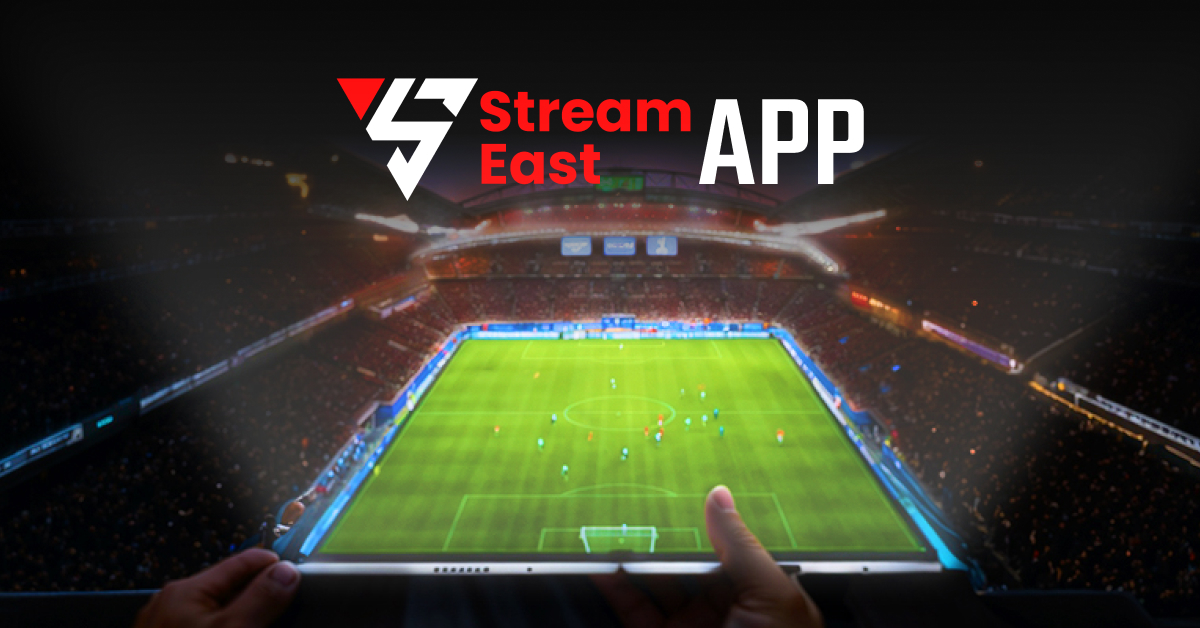Looking at the mammoth ocean of developments, it interprets modern-day computing. There are major intertwined efforts that come in waves. From the rhetorical arrival of mainframe computers to personal computers, everything transfigured. Read this blog to know more about IoT in education industry.
Today, computers have been embedded into routine objects all around us. Undoubtedly, As technology kept evolving, It meticulously targeted the individual’s routine aspect.
In 1988, Mark Weiser coined it ubiquitous computing. The ubiquity of these computers extended its reach to education sectors as well. with the continuous exploration in the educational field, it kept on becoming mandatory for children.
At the same time, Internet access, and especially wireless Internet connectivity, has elevated ordinary communication with students. Here, IoT (the Internet of Things) comes into a gigantic frame of innovation and improvisation.
IoT has been doing great things in various industries. some of the great examples are smart home automation, connected cars, and laptops. Smartphones, distance learning etc. Now it has morphed into a mainstream term.
The significance of its contribution to the educational sector can be vividly seen. In between competitive educational app development, every tool that assists students to activate and deploy information is a part of IoT. It has been a part of a sound pedagogics praxis.
Why Internet of Things a game-changer in The Education Industry?
The Internet of things ( IoT) network connects various types of devices like tablets, smartphones, personal computers, laptops, and all other hand-held embedded devices. Today, IoT is exclusively preferred as an intuitive means of teaching and research in education.
The Iot app development in an expeditiously changing environment has been more conductive than using conventional techniques. It facilitates the interaction between people and objects.
Now, It is a highly attractive and adaptable platform. IoT technology has played an impressive role in the potential improvement of education at all levels.
From school to university teaching, it extended a smart environment for reasoning, learning, and predicting. So, it’s imperative to have a glimpse of IoT in education.
1. Smart Classroom Management
As the name implies, it’s an approach or a way a teacher applies to manage or control the classroom. With the rapid progression of smart devices, it has become quite easy for them to manage their classrooms.
They can compressively foster the quality of class management. Indeed the extensive use of IoT devices garnered the need for of innovative and effectual approach to education.
There are plenty of tools that are already yielding effective results. Some of the prominently preferred IoT devices by IoT Development Companies are Interactive whiteboards, eBooks, Tablets and mobile devices, student ID cards, attendance tracking systems, etc.
2. Smart Classroom Attendance System
It is always a time-consuming responsibility to take attendance in a class. Marking the presence and absence of the students are more mind-boggling than a rational process to hire mobile app developer. But the use of IoT has enabled you to save your time and effort.
Today there are SCRCS (smart classroom roll caller system) that collects students’ attendance at equal time intervals accurately. Students Id cards are attached to RFID tags. The SCRCS is ready to be installed and read the students’ IDs collectively.
It not only shows the total attendance of the students on an LED display but also shows their ID cards on multiple SCRCS slots. Furthermore, there may be a web-based attendance system for the student. It is used by their Android smart devices utilizing NFC technology. The students are to tap the matric card toward it. Their attendance will be saved automatically on the server.
3. Interactive Learning
In the present era of modernization, education has been leveraged to new heights. The process of learning is not restricted only to the monotonous composition of images and texts. It extends beyond all compact and old techniques of learning and development.
Today, many textbooks cast different roadmaps of the learning process. These are joined to websites that extensively incorporate additional videos, assessments, animations, and other relevant materials.
The educational app development has introduced a new perspective that knits a broader vision. Now students are flooded with a range of interactive educational content. It probably caters to the need for real-world problems.
4. Security
Although technology has taken off for another kinetic exploration in galaxies, still security irks. Yes, even in a field like education, it keeps gathering deliberations. Today, it’s quite challenging to monitor the whereabouts and every activity of every student in a class.
Furthermore, the students are now a day more exposed to unprecedented dangerous events. So, it becomes now important to encircle them with dedicated security mediums apart from the process of teaching and learning. Undoubtedly, the role of IoT mobile app development has been more centralized in education.
5. Educational Apps
The high proliferation of smartphones has augmented the value of mobile applications. The development of education apps is leveraged with updated IoT advancements. It encompasses effective and powerful tools to deliver a creative pattern of learning.
In other words, it seamlessly transformed the pattern in which the process of teaching and learning is executed. Undoubtedly, the role of educational apps has more centralized to deliver quality education.
The teachers and students can create graphics textbooks. Educational apps also offer numerous games that provide potent resources for teaching and learning. It has defined education as more appealing and embracing than ever before.
6. Wearable Devices
As smart wearable devices are embroidered in the market, it also explains their utility for some specific niche. The use of wearable devices is more frequent in education. The demand to hire an app developer to integrate these devices with IoT keeps on increasing.
In schools, wearable devices are issued to the students for monitoring their movements. The central digital platform is connected to all wearable devices.
An effective part of these devices is the detection of whether a student is present or not. It also nullifies the need to take attendance. The devices are leveraged with multiple features. The parents can be intimated about the child’s whereabouts
The role of IoT application development has been witnessed to be transformative and comprehensive for all students and teachers. It ratchets up an interactive, inclusive and valuable pattern of learning as well as teaching. Indeed, it is coded to coordinate the learning process with greater flexibility and efficiency. It will bring an appealing, engaging, flexible, and quantifiable education system shortly.
Applications of IoT in Education
Some of the many applications of IoT in education include:
1. Tracking Devices
It’s important to monitor your students’ whereabouts to avoid risks. Since there could be a large number of students, you can’t possibly monitor each one of them separately by manual means. It’s where you can leverage IoT solutions for education. Tracking systems such as smart ID cards, school bus trackers, attendance trackers, parking sensors, etc. can help you there.
2. Smart Boards and Textbooks
Interactive digital media such as smart whiteboards, AR, VR, etc. help educators make learning engaging and immersive. Using these systems will also help you collect and analyze data in the classroom or outside at any time you want.
They may identify the holes in their educational method and discover solutions to enhance both the learning process and the outcomes by analyzing this data. They can even use this information to customize lessons.
Comparably, digital notebooks give students quick access to a huge collection of knowledge that is often updated to meet evolving demands. This saves money for both parents and students while also being a more environmentally responsible option.
3. Security Systems
Maintaining security in your institutional premises is undoubtedly necessary. Although you could keep security personnel, digital security systems are still necessary to be safe from advanced threats. You may improve security for children, instructors, and staff by using IoT-enabled security equipment like wireless door locks, facial recognition technology, surveillance cameras, etc.
4. Research and Study Programs
Institutions can leverage automated and advanced IoT systems in their research and study programs dedicated to fields such as engineering, medicine, etc. It will not only provide the students the opportunity to learn the concepts with advanced technologies but also empower the instructors. To speed up innovation, they may also make use of the capabilities of AI and ML to link databases, acquire understanding, and examine collected data.
5. Operations
Educational institutions require a significant amount of energy in their premises to fuel their infrastructure and operations. They will be able to reduce their energy use while automating processes to save money, time, and effort using IoT solutions like smart heating, air conditioning, and ventilation systems, temperature sensors, and more.
6. Accommodating With Disability
IoT in education can be helpful for students with certain disabilities such as difficulty in seeing or hearing. For instance, deaf pupils using tablets and linked gloves may convert sound into text and sign language into speech. Similar to this, visually impaired students may use IoT tools for education like a smart stick, a headset, and a smartphone app to recognise things and safely cross the street.
7. Remote Learning
The pandemic has taught us to cope with unprecedented changes. Whether working from home or learning from home, everything is now possible because of technology. IoT makes self-learning and distance learning possible using tablets and mobile applications.
8. Task-Based Learning
Task-based learning in the classroom enables the students to grasp the topic completely. With the use of IoT in education, students can share knowledge and collaborate easily to complete tasks better. With connected devices, they can also reach out to teachers quickly and seek help wherever in need.
9. Foreign Language Training
Real-time feedback is crucial for polishing your language skills when studying a foreign language. Let’s say you are studying Spanish. Staying in Spain or a place where Spanish is the native tongue makes it simpler to accept real-time criticism and advance your abilities. However, it gets more difficult to learn it if you are not in your original country.
With the use of virtual surroundings and an IoT device, students may check whether or not they are using the correct grammar or pronouncing words the way a native would.
This way, educators can provide real-time feedback and monitor progress so the students can learn the language quickly and effectively.
IoT EdTech: Use Cases and Examples
The IoT enables education to be connected with digital infrastructure. This improves student learning. Technology has transformed traditional lessons into interactive and engaging learning. Let’s take a look at how IoT solutions have changed the game.
1. Learn Productivity
The transition to digitalization in education is only beginning. Many educational institutions cannot afford complete digitization. Schools still use textbooks, chalkboards, and printed learning materials.
Students’ productivity is affected by out-of-date supplies. This means that students spend more time reading the content. Technology could help to speed up this process.
C-PEN is an IoT device that increases learners’ productivity. C-PEN looks just like a pen, and it has sensors that allow for text recognition. The device can be swiped over a book to see text and transform it into audio.
C-PEN allows students the ability to switch between reading and listening. This improves content perception. C-PEN is also a great tool for students who are visually impaired or have dyslexia.
2. Connected Classroom
A connected classroom is a way for educators to create an interactive learning environment using mobile and portable devices. Smart boards, touchscreen tables, tablets, and computers are all part of an interconnected classroom system.
Teachers can use electronic devices to create interactive lessons in their classrooms. Students are able to participate in the learning process, make wiser choices, and maintain attention because to this.
Promethean offers interactive displays and lesson delivery software that make it easy for students and teachers to learn. Promethean’s ActivPanel is compatible with any computer. It uses an application suite that simplifies interaction. The ActivPanel screen can detect whether the user uses ActivPen or a finger to write.
Screen division is one of the most valuable features of Promethean tech. Teachers can present assignments on one side of the screen and freeze them there while the pupils work on the issues on the other. This is possible without having to open multiple windows or wipe the screen. Promethean ActivPanel can also record the screen during a lesson so that students and teachers may revise it later.
3. Remote Learning
The Internet opened up the possibility of remote learning and teaching. Distance education is possible thanks to elearning solutions that provide amazing elearning apps.
While learners and educators can communicate online, access to learning is limited. Teachers lack the necessary tools and learning materials to teach a lesson. They must spend extra time adapting content to remote lessons.
IoT devices are useful in these circumstances. A document camera from IPEVO is a powerful tool that can be used remotely to demonstrate anything, including math formulas and lab experiments. Teachers can quickly create and transmit learning content in high resolution with the recording capabilities.
4. Accessible Learning
People with disabilities can benefit from the IoT in education. Smart devices allow seamless communication between people with speech, visual, and hearing impairments.
Students and teachers can learn more with the help of inclusive apps, microphones, text and speech interpreters, and other IoT devices. IoT devices are used by schools to create a learning environment that is supportive and comfortable for students. Students can access the knowledge base and keep up to date with academic curricula.
Snap Core First is an example. People with speech or language disorders can communicate more easily with the help of Snap Core First. It enables individuals to express themselves through symbols and visuals. Through its user-friendly interface, extensive symbols library and rich symbol collection, it facilitates engagement and language skill development.
5. Learning Facility Security
Parents and schools are concerned about the safety of their students before, during and after school. In the US K-12 schools, more than 3000 incidents and threats of violence were reported during the 2018-2019 school year.
Students’ safety could be improved by using IoT systems. This system uses sensors, cameras, GPS, mobile phones, and other devices to track students’ movements. IoT security systems allow for quick response to emergencies, attendance control, real-time reporting on students’ movements, and real time reporting.
Implementing an ID card for every student is one way to create a school security system. Magicard offers a variety of cards that can be used to protect schools. The cards include photo ID, attendance and physical access cards.
Logical access and data cards contain all information about students’ location, medical information, attendance and other pertinent information. These records allow school administrators to provide timely assistance.
Final Thoughts
The role of IoT application development has been witnessed to be transformative and comprehensive for all students and teachers. It ratchets up an interactive, inclusive and valuable pattern of learning as well as teaching. Indeed, it is coded to coordinate the learning process with greater flexibility and efficiency. It will bring an appealing, engaging, flexible, and quantifiable education system shortly.
